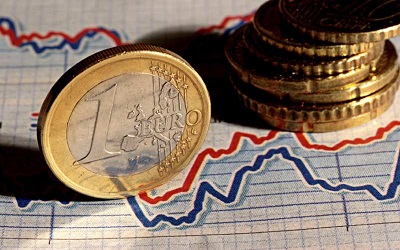墨尔本PTE-悉尼PTE-阿德莱德PTE-霍巴特PTE-文波PTE培训学校一直致力于为学生提供最好的PTE备考资料。今天文波<!–more–>PTE的小编就给各位PTE考生准备了一篇音频,希望对大家有用。下面开始:
In the 16th century, conurbations with intensive commercial activity subsequently emerged in and around Amsterdam, London, and Paris, as well as in the Aachen- Lüttich, and Ruhr regions. Per capita incomes and the standard of living rose much more quickly in these regions than elsewhere. However, the rapid industrialization of Central, Western and Northern Europe required considerable resources. In the 19th century, coal replaced wood as the main source of energy. In the 20th century, oil largely replaced coal. Electricity, generated hydro-electrically, as well as coal, oil, nuclear energy and solar energy, emerged as the most adaptable form of energy which was available almost everywhere. The transportation of this energy played an increasingly important role in international trade.
The Second World War not only blocked the circulation of goods and capital within Europe, but it brought an end to the global economy for decades by splitting Europe into an eastern and a western part. Italy, Austria, the Federal Republic of Germany, France and the other democratic states committed themselves to liberal, free-market economics and social democracy, while Poland, Bulgaria, Romania, Czechoslovakia, Hungary and East Germany adopted the centrally planned economy model of the Soviet Union, until this system was brought to an end by the people through a peaceful revolution after 45 years. Even before this, the view had gained acceptance that the innovation-oriented system of free-market economics was superior to the more static concept of central planning and dictatorial management, and there had been signs of the approaching dissolution of the latter. The period of industrialization and of the rise of the middle class in Europe would not have been possible without these supplies and the intensification of exchange with Asia.
文波PTE参考答案:
Sample Answer
The lecture is mainly about structure change of economy in Europe. After the industrial revolution around the 19th century, the machinery was widely used in the manufacturing, so the production in factories increased. As a result, circulation of goods became faster and this led to a more accumulation of social wealth. Because of this, the population of middle class expanded and this resulted in the additional accumulation of wealth.
文波陪伴,英语不难
文波陪伴,PTE不难
墨尔本PTE-悉尼PTE-霍巴特PTE-阿德莱德PTE-布里斯班PTE
文波英语,最负责,最有效,通过率最高的英语培训学校





